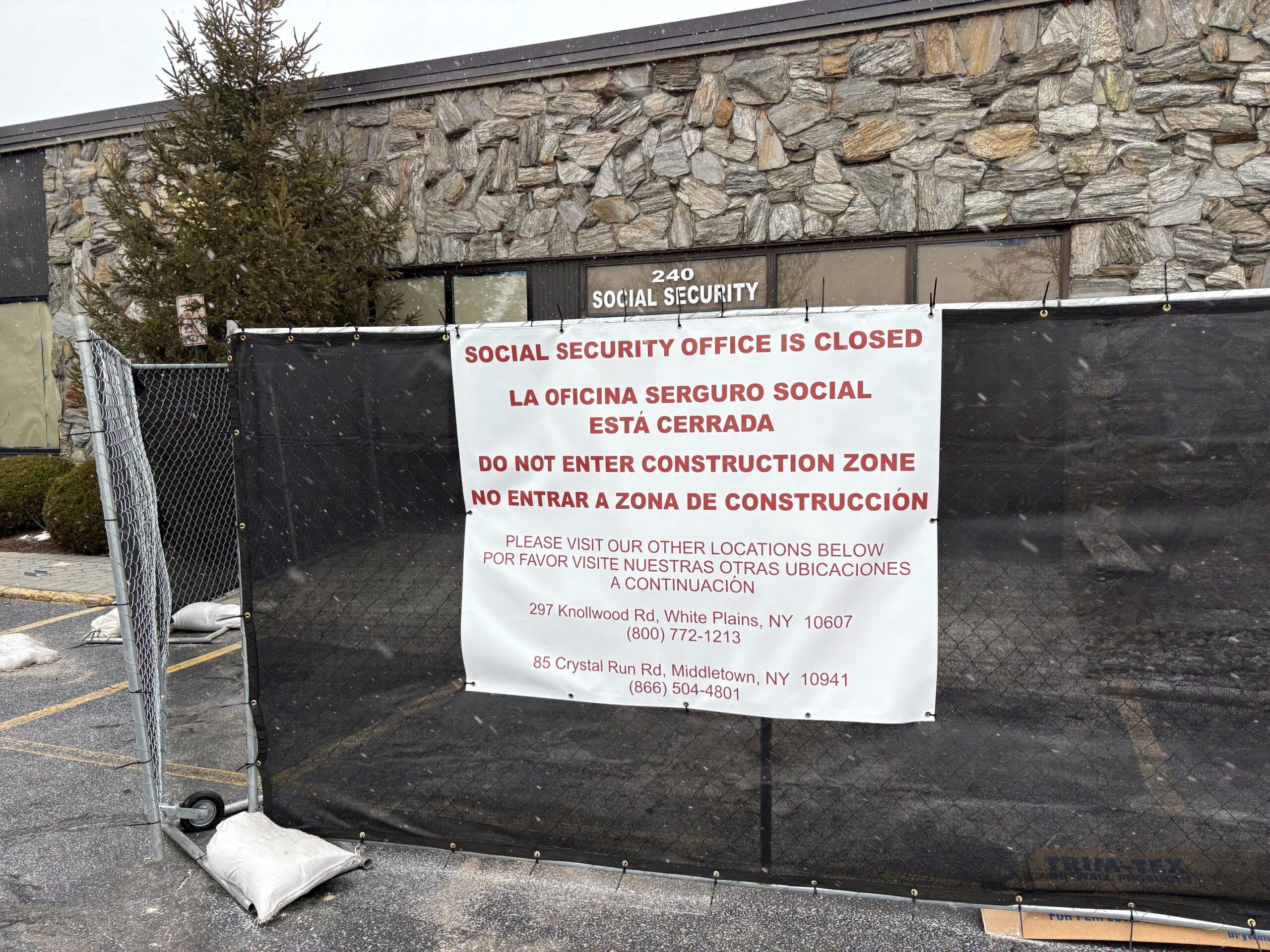
Social Security Administration Faces Massive Reorganization and Potential Workforce Reductions
The Social Security Administration (SSA) is undergoing a significant transformation, initiating a reorganization that could drastically reshape the agency and its workforce. This restructuring, driven by the aim to streamline operations and potentially reduce costs, has sparked concerns about potential disruptions to service delivery and the impact on the millions of Americans who rely on Social Security benefits.
The SSA has announced that the reorganization will likely result in "significant workforce reductions." While the agency has not specified a precise target for the number of job cuts, reports suggest that as many as 7,000 positions, or even up to half of the agency’s 60,000-strong workforce, could be eliminated. This news has raised alarms about the potential for increased processing times for benefits applications, longer wait times for assistance, and a general degradation of service quality.
Potential Impact on Beneficiaries
The potential workforce reductions raise serious concerns about the accessibility and efficiency of Social Security services. With fewer employees to handle the same volume of work, beneficiaries may experience:
- Longer wait times: The increased workload on remaining employees could lead to significant delays in processing applications, answering inquiries, and resolving issues. This is particularly concerning for those who rely on Social Security benefits as their primary source of income.
- Reduced access to services: The closure of field offices, particularly in rural areas, could limit access to in-person assistance for beneficiaries who prefer or require face-to-face interactions. This could disproportionately affect seniors and individuals with disabilities who may have difficulty navigating online resources.
- Errors and inefficiencies: A reduced workforce could also increase the likelihood of errors in processing claims and providing benefits. This could lead to further delays and complications for beneficiaries.
- Challenges for vulnerable populations: The most vulnerable beneficiaries, such as those with limited English proficiency or those who lack access to technology, may face even greater challenges in accessing the services they need.
Senator Ron Wyden, Ranking Member of the Senate Finance Committee, has expressed deep concerns about the potential impact of the reorganization on Social Security beneficiaries. He warned that field office closures would disproportionately harm seniors in rural communities, who often rely on these offices for crucial assistance.
Office Closures and Reassignments
In addition to potential layoffs, the SSA is also taking steps to reduce its physical footprint. According to the Department of Government Efficiency website, the agency is terminating office leases for Social Security locations across the country. This includes locations in Arkansas, Texas, Louisiana, Florida, Kentucky, North Carolina, and other states.
To mitigate the impact of workforce reductions in direct service positions, the SSA plans to reassign employees from non-mission-critical roles to mission-critical positions, such as field offices, teleservice centers, and processing centers. These employees will undergo retraining to prepare them for their new roles.
Early Retirement and Voluntary Buyouts
To incentivize employees to leave voluntarily, the SSA is offering early retirement options and voluntary buyouts to eligible employees. The buyouts range from $15,000 to $25,000. Employees interested in voluntary separation must opt-in by March 14, while those interested in early retirement must opt-in between March 1 and December 31. Workers can also volunteer to be reassigned.
Driving Forces Behind the Reorganization
The reorganization of the Social Security Administration aligns with broader efforts to downsize the federal government. Other agencies, including the IRS, Centers for Disease Control, Department of Health and Human Services, and National Institutes of Health, have already experienced cutbacks.
The agency has to meet the needs of 72.5 million Americans that includes retirees and children.
Concerns and Criticisms
The reorganization of the Social Security Administration has drawn criticism from various stakeholders, including lawmakers, advocacy groups, and current and former SSA employees. Critics argue that the workforce reductions will undermine the agency’s ability to provide timely and effective service to beneficiaries, particularly those who are most vulnerable. They also question the rationale behind cutting staff and closing offices at a time when the demand for Social Security benefits is expected to increase as the population ages. The termination of dozens of office locations nationwide only enhances this concern.
Potential Long-Term Consequences
The long-term consequences of the SSA reorganization could be far-reaching. Reduced staffing levels and limited access to services could lead to:
- Increased reliance on online resources: While online resources can be convenient for some, they may not be accessible or user-friendly for all beneficiaries, particularly seniors and individuals with disabilities.
- Greater burden on family members: As it becomes more difficult for beneficiaries to access Social Security services, family members may need to step in to assist them, placing additional strain on their time and resources.
- Erosion of public trust: If beneficiaries experience significant delays and difficulties in accessing Social Security benefits, it could erode public trust in the agency and the Social Security system as a whole.
Conclusion
The Social Security Administration’s reorganization represents a significant challenge for the agency and the millions of Americans who rely on its services. The potential workforce reductions and office closures could have a detrimental impact on beneficiaries, leading to longer wait times, reduced access to services, and increased frustration. It is crucial that the SSA carefully consider the potential consequences of its reorganization and take steps to mitigate the negative impacts on beneficiaries, especially the most vulnerable populations. The balance between efficiency and effectiveness is paramount to maintaining public trust and ensuring that Social Security continues to provide a vital safety net for generations to come.
